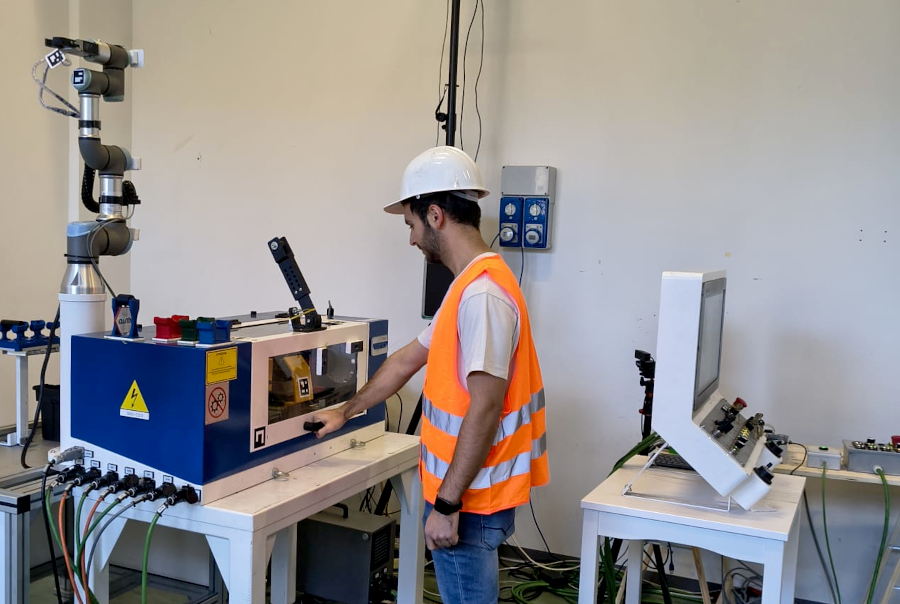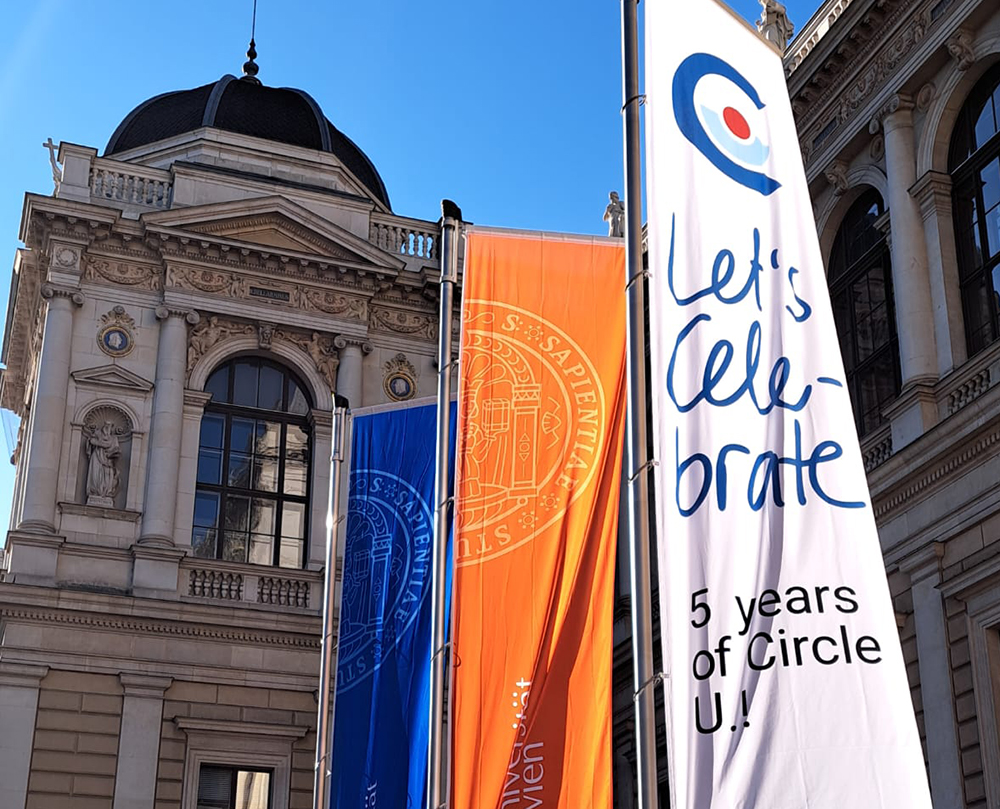Smiling during sex is not merely an intimate gesture — it is a powerful evolutionary mechanism that synchronises emotions and movements, thereby amplifying shared pleasure. This finding comes from a study conducted by the Ethology Unit of the Department of Biology at the University of Pisa and published in Evolution and Human Behavior. For the first time, the research analysed the relationship between facial expressions and the intensity of sexual stimulation in bonobos (Pan paniscus), one of the species most closely related to humans. By observing and analysing high-resolution videos of sexual interactions within the bonobo colony at the Wilhelma Zoo in Stuttgart, the researchers discovered that the peak of stimulation coincided with moments when the two partners exchanged a “silent smile”, known as the silent bared-teeth expression. When this shared smile ceases, the intensity of stimulation dropped sharply — as if an emotional switch had been turned off.

“Facial mimicry functions as a real emotional thermometer,” explains Elisabetta Palagi, Professor of Ethology at the Department of Biology of the University of Pisa and lead author of the study. “When two individuals smile at each other, a synchronisation occurs involving both body and emotions, strengthening the connection between partners. This ancient mechanism has evolved into a fundamental component of affective and sexual communication in humans.”
“The study shows that non-verbal communication in a sexual context is not just an additional expression, but a shared biological mechanism deeply rooted in our evolutionary history,” adds Martina Francesconi of the University of Pisa, first author of the paper. “Because of their complex social life and their use of sex as a tool for cohesion, bonobos provide a unique model for understanding the foundations of shared pleasure and emotional connection.”
The research was coordinated by Elisabetta Palagi, Associate Professor of Ethology at the University of Pisa, who studies social behaviour and visual communication in various animal species, with a particular focus on the mechanisms of emotional synchronisation and coordination underlying social life. In 2020 she received the Animal Behavior Society Award, and in 2025 the “Lemure d’Oro” from the Italian Union of Zoos and Aquariums in recognition of her contribution to zoology and biodiversity conservation.
Also participating from the University of Pisa were PhD students Martina Francesconi and Alice Galotti, who specialise in animal communication and social interactions, and Federico Giovannini, a recent graduate who conducted the video analysis. The study also involved Yannick Jadoul, a research fellow specialising in behavioural rhythm, and Professor Andrea Ravignani from Sapienza University in Rome, who is an expert in the evolutionary bases of time and rhythm perception.



